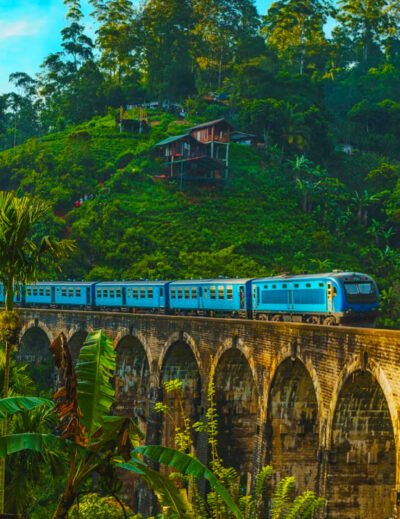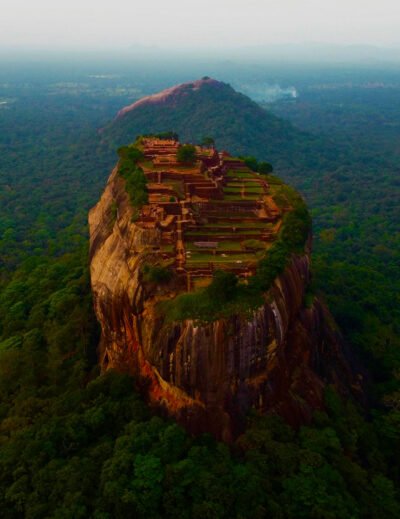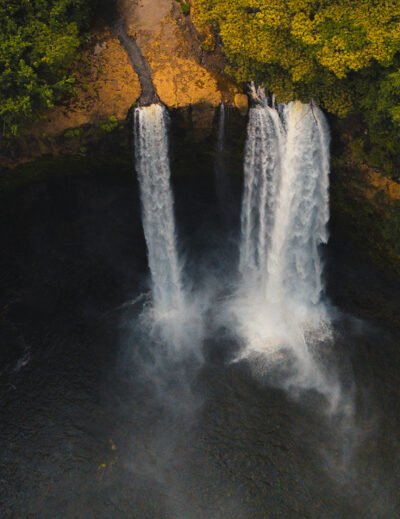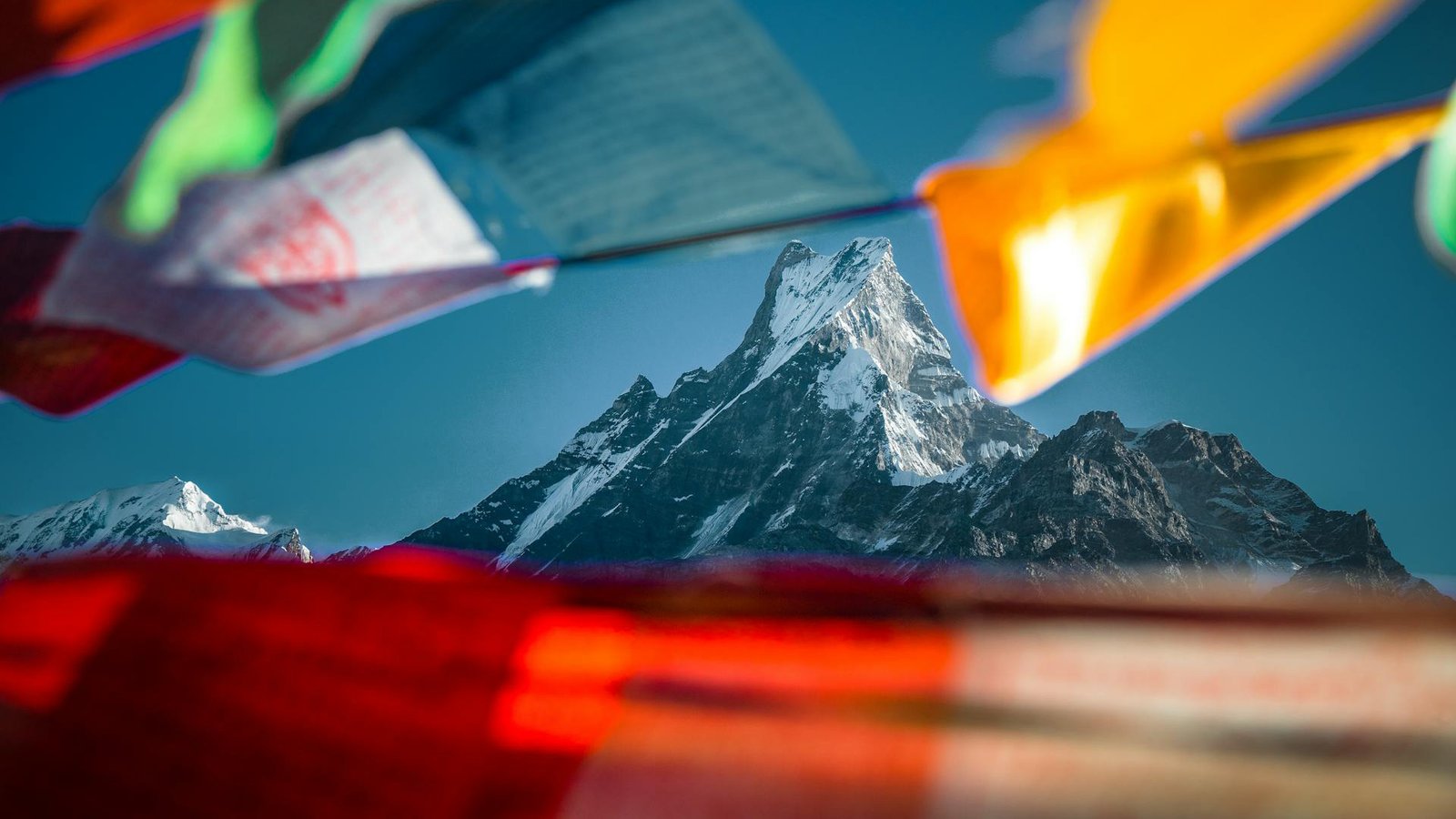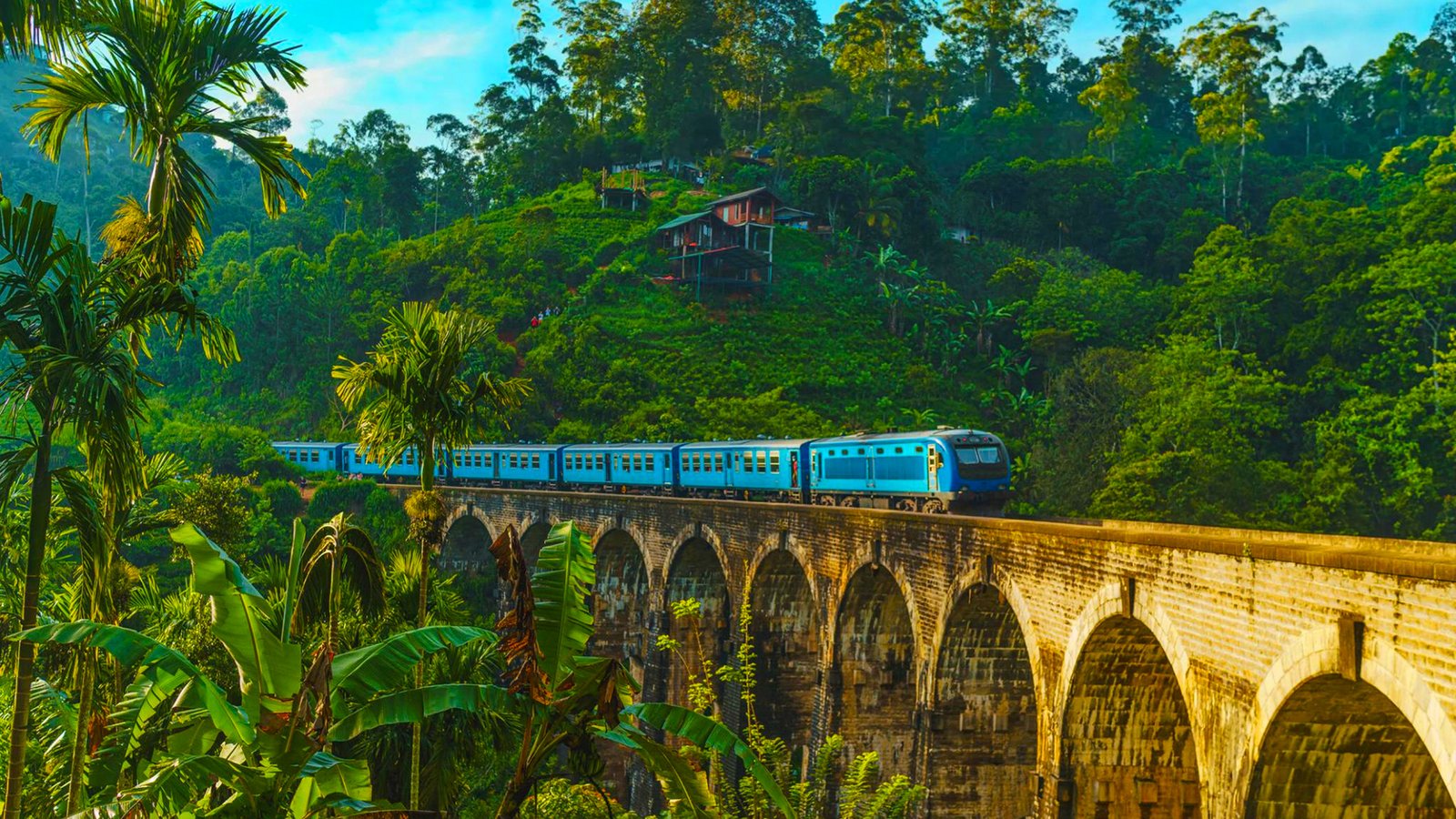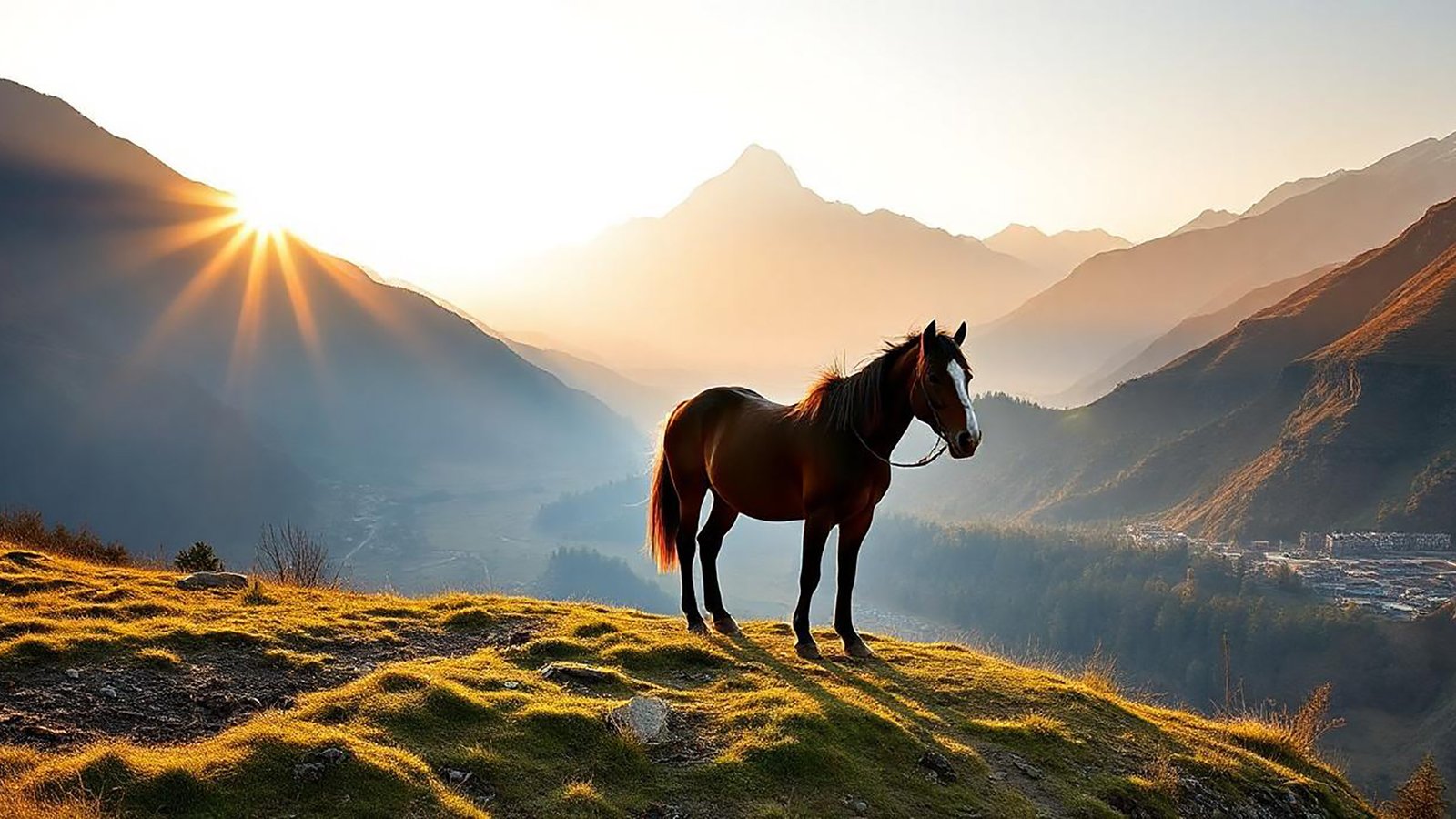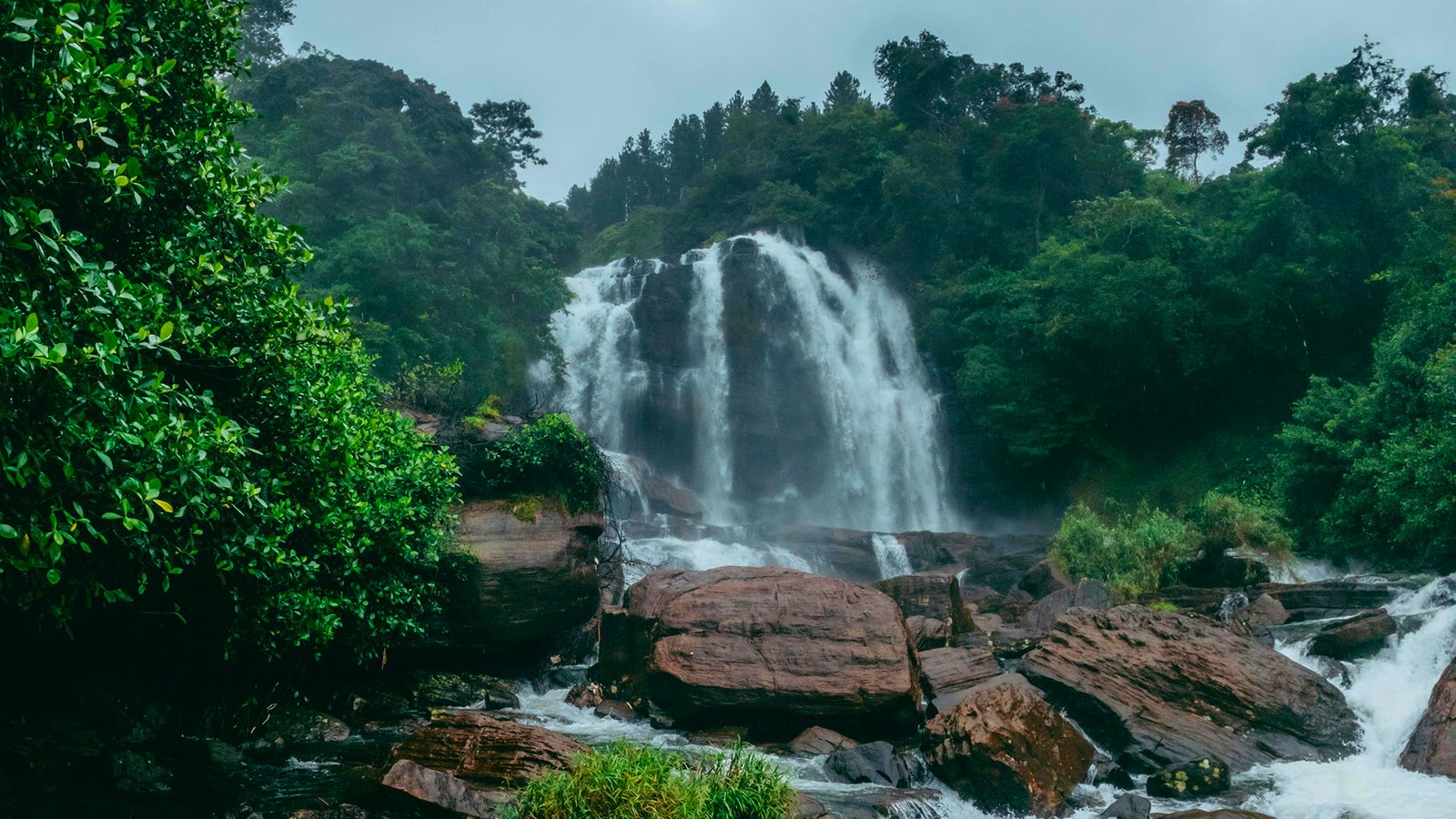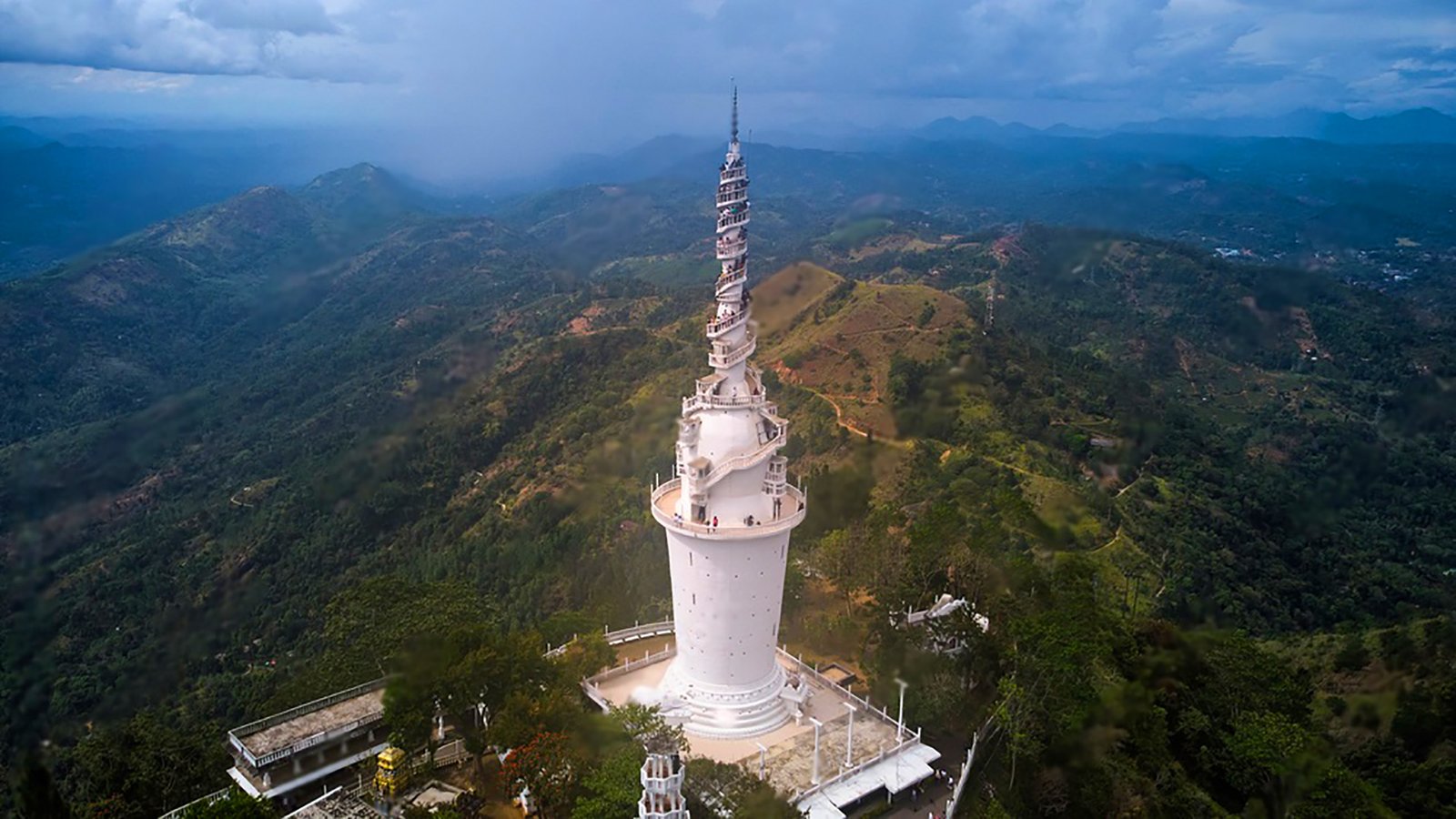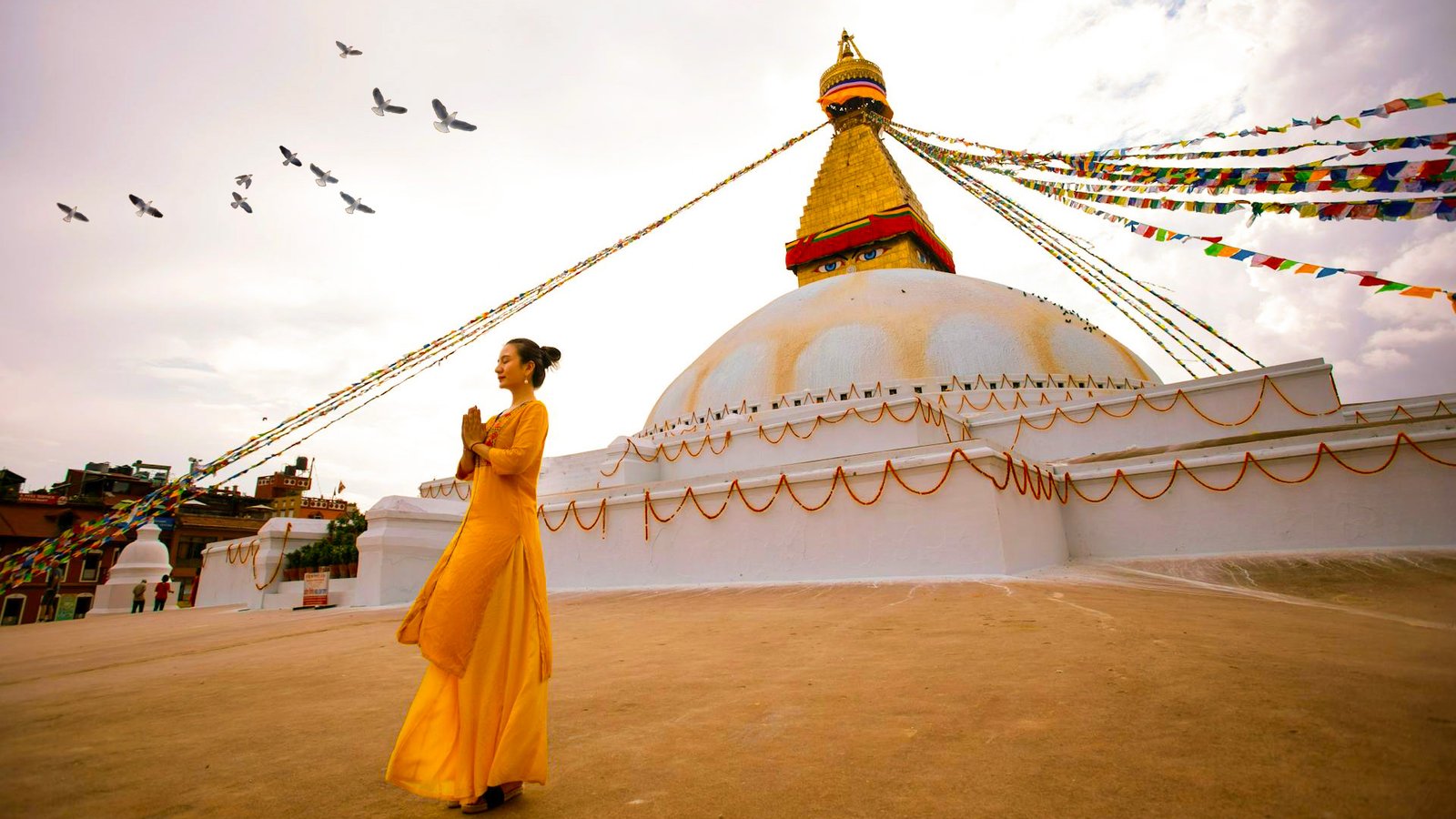
The Ultimate 10 Days Nepal Itinerary
Nepal is a land of breathtaking landscapes, rich culture, and warm hospitality. With its stunning mountain ranges, vibrant cities, and ancient traditions, it offers an unforgettable experience for any traveler. Whether you’re seeking adventure, spirituality, or cultural immersion, this 10-day itinerary which i have crafted for you after visiting Nepal recently will guide you through some of the best destinations Nepal has to offer.
- What is the Best Time to Visit Nepal?
- Do I Need a Visa to Visit Nepal?
- Perfect 10 Day Nepal Itinerary:
- Day 1: Arrive in Kathmandu
- Day 2: Kathmandu Sightseeing
- Day 3: Day Trip to Bhaktapur and Patan
- Day 4: Travel to Pokhara
- Day 5: Explore Pokhara
- Day 6: Explore Lower Mustang (Kagbeni)
- Day 7: Explore Muktinath
- Day 8: Return to Pokhara
- Day 9: Travel to Chitwan National Park
- Day 10: Return to Kathmandu
What is the Best Time to Visit Nepal?
The best time to visit Nepal typically falls during two main seasons:
- Autumn (September to November): This is often considered the peak season for trekking and sightseeing. The weather is generally clear and dry, offering stunning views of the Himalayas. The temperatures are mild, making it comfortable for outdoor activities.
- Spring (March to May): Another popular time, spring brings blooming rhododendrons and mild temperatures. It’s great for trekking, with good visibility and pleasant weather.
Both seasons avoid the monsoon rains that occur from June to August, which can make travel more challenging. If you’re looking for fewer crowds and lower prices, consider visiting during the shoulder seasons (late November or February). Each season has its unique charm, so it depends on your interests!
Do I Need a Visa to Visit Nepal?
Yes, most visitors to Nepal will need a visa. Here are some key points:
1. Tourist Visa: Most travelers can obtain a tourist visa on arrival at Tribhuvan International Airport or at land borders. It’s valid for 15, 30, or 90 days.
2. Visa on Arrival: You can apply for a visa on arrival, but it’s advisable to have a passport-sized photo and the visa fee in cash (USD or other currencies).
3. Pre-application: Some nationalities can apply for a visa in advance through a Nepalese embassy or consulate.
4. Visa Extensions: If you need to stay longer, you can extend your visa at the Department of Immigration in Kathmandu or Pokhara.
5. For Indians: Indian citizens do not need a visa to visit Nepal. They can enter the country using a valid passport, voter ID, or any government-issued identification. Additionally, Indians can stay in Nepal for an extended period without any visa requirements, making travel between the two countries quite convenient.
Make sure to check the latest regulations and requirements before you travel, as they can change!
Perfect 10 Day Nepal Itinerary:
Day 1: Arrive in Kathmandu
Kathmandu, the vibrant capital of Nepal! As you step off the plane, you’ll be greeted by the stunning backdrop of the Himalayas and the rich tapestry of culture that defines this ancient city. Don’t miss the chance to visit a nearby stupa or temple, immersing yourself in the spiritual atmosphere that permeates the city. Your adventure in Nepal begins here, where every corner holds a story waiting to be discovered!

Morning:
Arrive at Tribhuvan International Airport: Collect your luggage and clear customs.
Transfer to Hotel: Check into your hotel in Kathmandu, a hub for tourists.
Afternoon:
Explore Thamel: Wander through the narrow streets, shop for souvenirs, and sample local snacks.
Lunch: Enjoy a traditional Nepali meal at a local restaurant (try dal bhat or momo).
Evening:
Relax: Take a leisurely stroll around Thamel and soak in the vibrant atmosphere
Dinner at a Local Eatery: Experience local cuisine in a cozy restaurant.
Tips:
- Currency: The Nepalese Rupee (NPR) is the local currency. It’s advisable to exchange some currency at the airport.
- SIM Card: Purchase a local SIM card for data and calls, which will help you navigate and stay connected.
Day 2: Kathmandu Sightseeing
Ease yourself in gently into the chaos of Nepal’s capital city by visiting the following religious monuments:
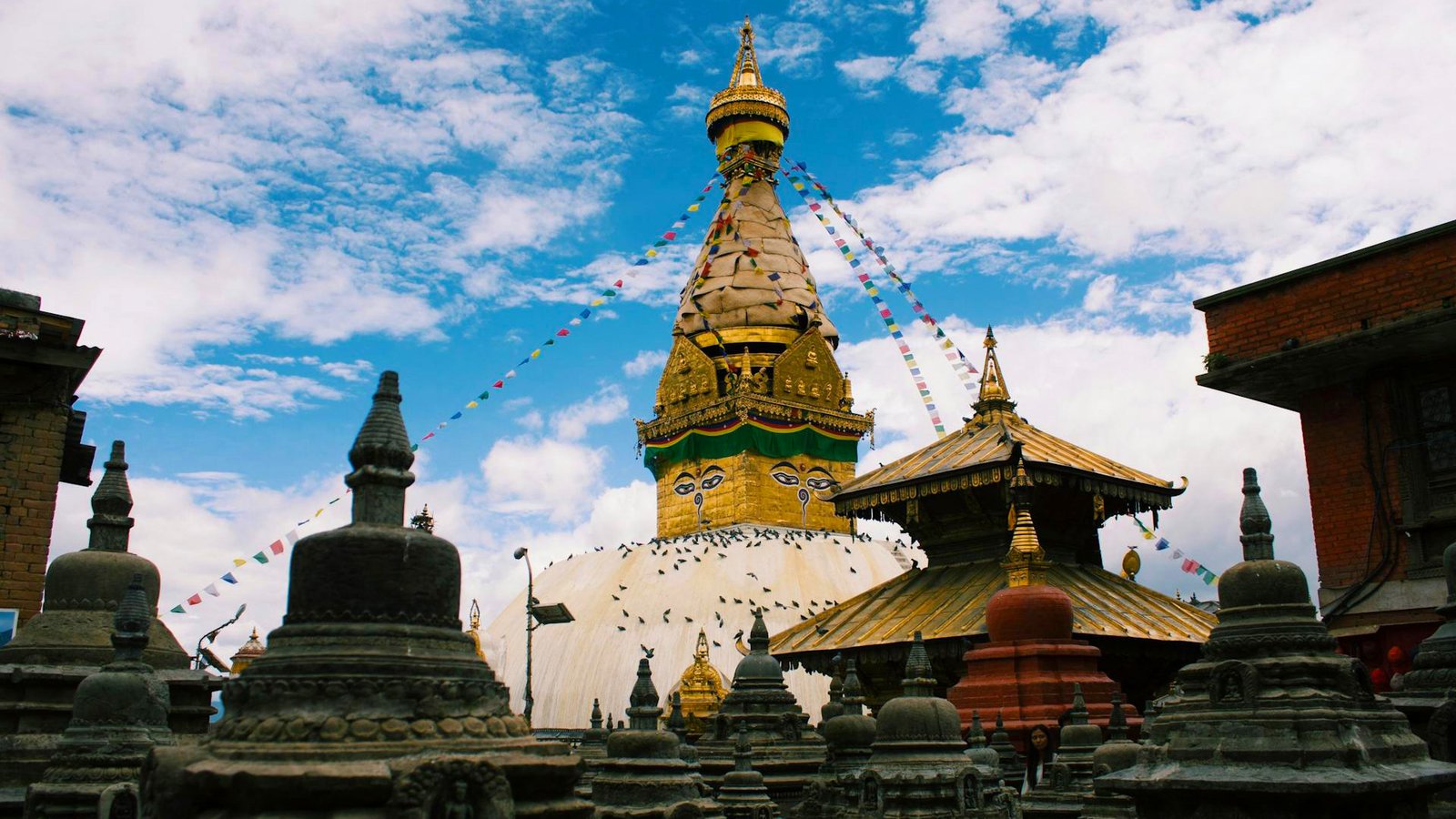
1. Pashupatinath Temple
This sacred Hindu temple complex, also a UNESCO World Heritage Site, is dedicated to Lord Shiva. Located on the banks of the Bagmati River, it’s known for its beautiful architecture and significant cremation ghats, where rituals are performed.
2. Swayambhunath Stupa (Monkey Temple)
Perched atop a hill, Swayambhunath is one of the most revered Buddhist sites in Nepal. The stupa’s iconic white dome and colorful prayer flags provide breathtaking panoramic views of the city. Keep an eye out for the playful monkeys that roam the area!
3. Boudhanath Stupa
One of the largest stupas in the world, Boudhanath is a UNESCO World Heritage Site and a major pilgrimage site for Tibetan Buddhists. The impressive stupa is surrounded by monasteries and offers a serene atmosphere for meditation and reflection.
4. Garden of Dreams
A peaceful oasis in the city, this beautifully restored neo-classical garden offers a serene escape from the hustle and bustle. Enjoy a leisurely stroll, relax by the fountains, or savor a meal at the on-site restaurant.
Tips:
Dress Modestly: Respect local customs by dressing modestly, especially when visiting religious sites.
Local Cuisine: Try traditional Nepali food like dal bhat (rice and lentils) or momo (dumplings) at local eateries.
Day 3: Day Trip to Bhaktapur and Patan
Explore the Historical Old Towns of Kathmandu including Bhaktapur and Patan and end your day with breathtaking Chandragiri Cable Car ride.

1. Bhaktapur Durbar Square
A bit further out, Bhaktapur is known for its well-preserved medieval architecture and charming streets. Highlights include the 55-Window Palace, Vatsala Temple, and the famous Bhaktapur yogurt, known as “king curd.”
2. Patan Durbar Square
Just a short drive from Kathmandu, Patan Durbar Square is another UNESCO World Heritage Site renowned for its exquisite architecture and rich history. Explore the ancient temples, the Patan Museum, and the vibrant local art scene.
3. Chandragiri Cable Car
Just a 30-minute drive from the Kathmandu, Chandragiri cable car takes you up to Chandragiri Hill, offering mesmerizing views of the entire Kathmandu Valley and, on a clear day, the majestic peaks of the Annapurna and Langtang ranges. The ride lasts about 10 minutes, but the views are worth every second! Once at the top, you can enjoy a leisurely hike, have a meal at one of the restaurants, or simply soak in the breathtaking panorama.
Tips:
Entrance Fees: Be prepared for entrance fees to various heritage sites. A combined ticket can often save you money.
Photographs: Bhaktapur is particularly photogenic, so bring your camera!
Day 4: Travel to Pokhara
Traveling from Kathmandu to Pokhara is a journey of 6-8 hours through some of Nepal’s most stunning landscapes. If you are travelling by road, start your journey as early as possible in morning as the road conditions are not so good so it takes a long time to reach Pokhara.
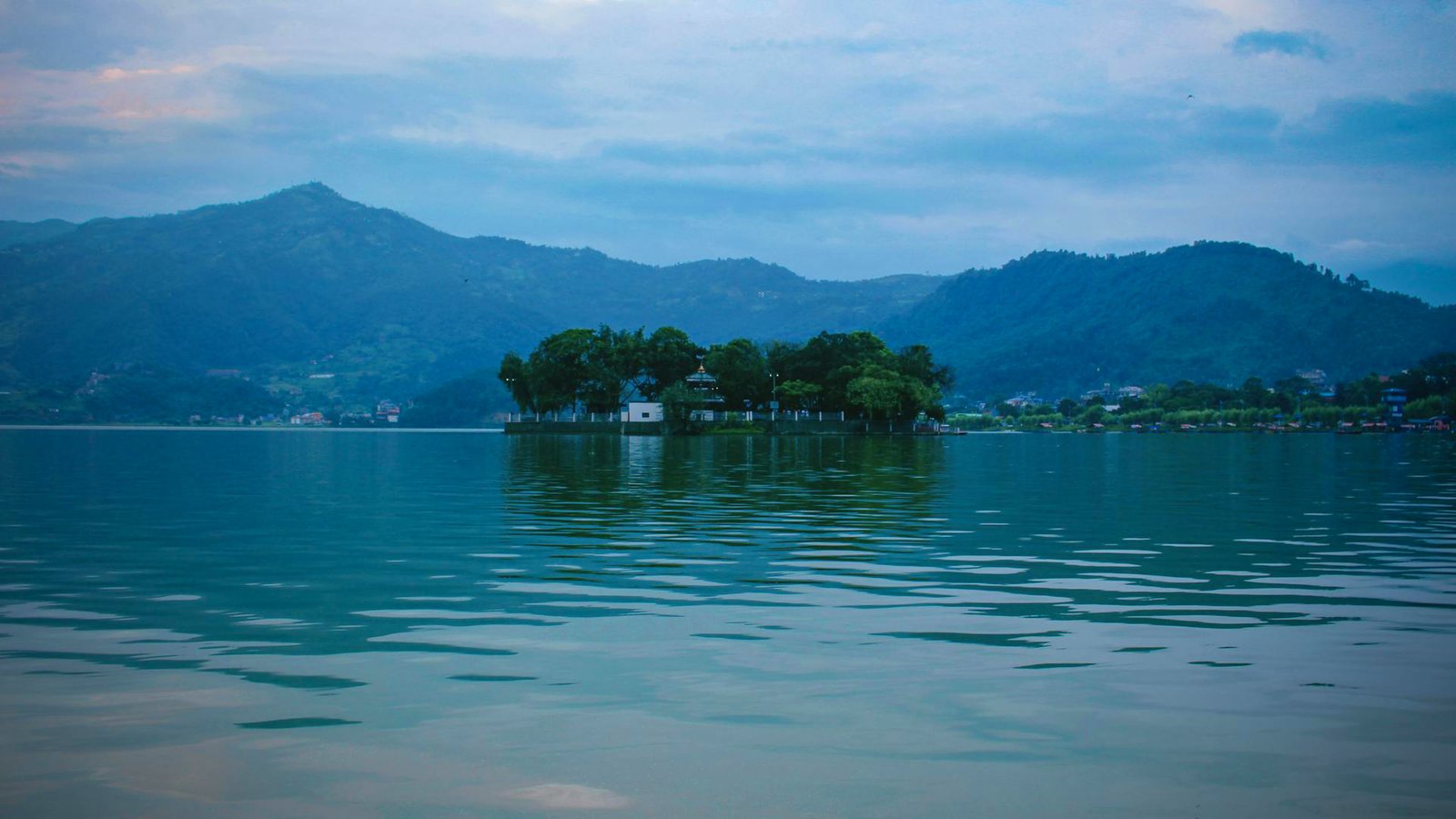
Afternoon:
Check into your hotel in Pokhara, relax and enjoy the beautiful view of the city from your hotel room balcony.
Evening:
Explore Phewa Lake:
The centerpiece of Pokhara, Phewa Lake is famous for its tranquil waters and picturesque views of the surrounding mountains. Visitors can enjoy boating, kayaking, or simply relaxing by the lakeside in the evening. Don’t miss the opportunity to visit Tal Barahi Temple, located on an island in the lake. Enjoy the delicious dinner at the various restaurants available around the Phewa Lake with live music shows.
Tips:
Transportation: Consider booking private comfortable vehicle as road conditions are not so good.
Try Massage: Pokhara is a haven for relaxation and wellness, offering a variety of massage and spa options that cater to both locals and tourists.
Day 5: Explore Pokhara
Pokhara is a stunning city nestled in the heart of the Himalayas, known for its breathtaking natural beauty and vibrant culture. Often referred to as the gateway to the Annapurna region, it offers a unique blend of adventure and tranquility. With its array of outdoor activities, along with charming cafes and vibrant markets, Pokhara is a perfect destination for those seeking both adventure and relaxation.
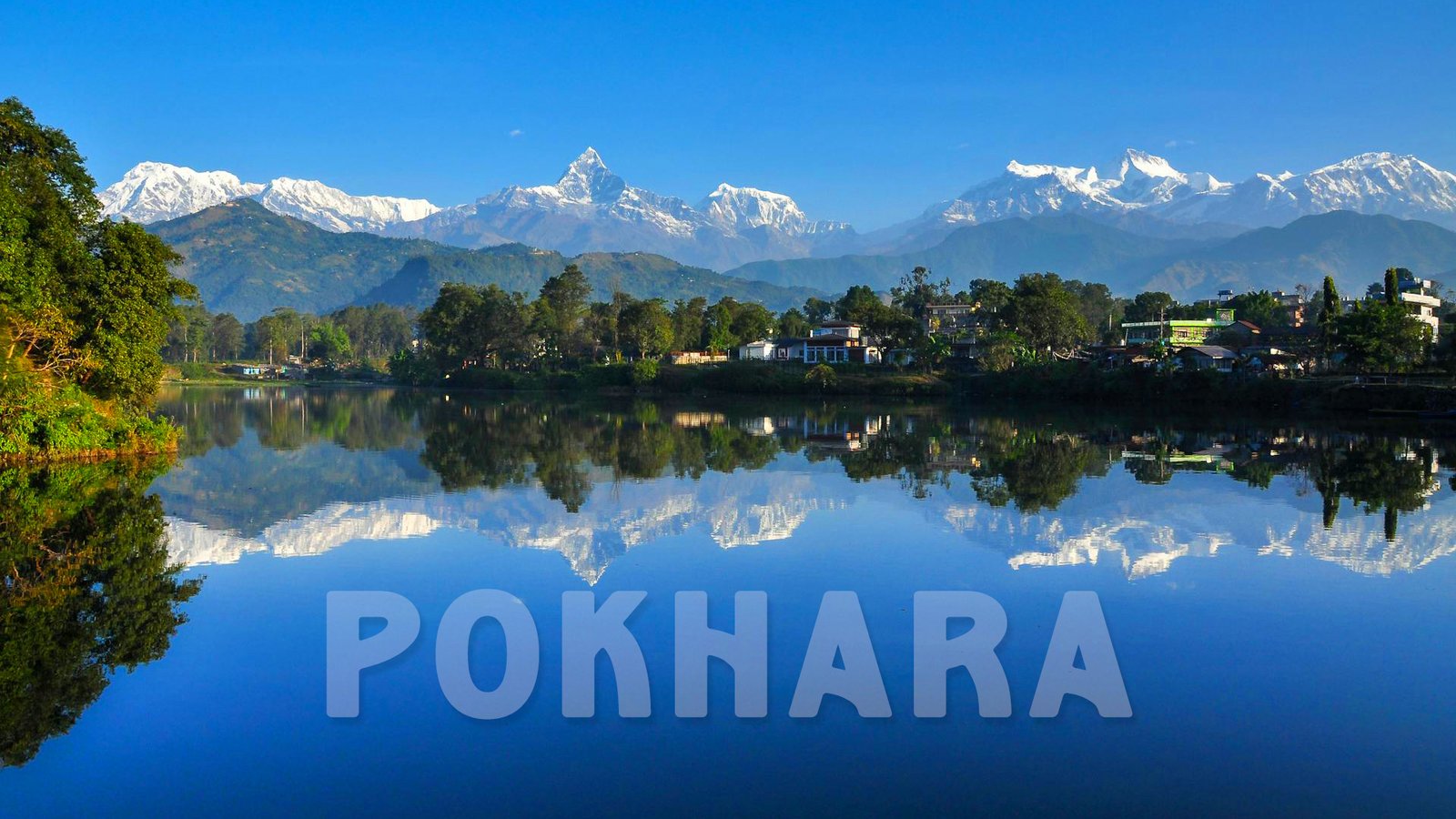
1. World Peace Pagoda
Perched on a hill overlooking Phewa Lake, the World Peace Pagoda is a stunning Buddhist stupa offering panoramic views of Pokhara and the Annapurna range. A short hike or drive will take you to this serene spot, perfect for meditation and reflection.
2. Gupteshwor Cave
This impressive limestone cave features fascinating rock formations and a sacred waterfall. It’s located near the Devi’s Fall and offers a unique underground experience for adventurous explorers.
3. Devi’s Fall
A mesmerizing waterfall, Devi’s Fall is known for its incredible natural beauty. The water cascades down into a deep gorge, creating a stunning sight. Legend has it that a visitor once drowned here, which gives the waterfall its name.
4. Sarangkot
Known for its breathtaking sunrise and sunset views, Sarangkot is a popular hilltop vantage point. It’s also a hotspot for paragliding, allowing adventurous visitors to soar high above the city and take in the stunning landscapes. You can also experience the Annapurna Cable Car ride available at the Sarangkot Hill.
Tips:
Early Morning Call: Wake up early and hike to Sarangkot for breathtaking sunrise views over the Annapurna range which you will remember for lifetime.
Shopping: You can do shopping in the local Pokhara market with various option available.
Day 6: Explore Lower Mustang (Kagbeni)
Travel to Lower Mustang (Kagbeni) from Pokhara via Jomsom with an early morning start as the roads are challenging (around 8 hours drive). Kagbeni is a charming village located in the Lower Mustang region of Nepal, serving as a gateway to the stunning landscapes of Mustang and the Tibetan Plateau. Nestled at the confluence of the Kali Gandaki and Jhong rivers, Kagbeni is known for its unique architecture, rich culture, and breathtaking scenery.

1. Explore Jomsom
Jomsom is a picturesque town in the Mustang District of Nepal, situated at an altitude of about 2,700 meters (8,860 feet). It serves as a major gateway to the Annapurna Circuit and Upper Mustang, attracting trekkers and adventurers with its stunning landscapes and unique culture. Jomsom offers breathtaking views of the Dhaulagiri and Annapurna mountain ranges, with dramatic valleys and arid landscapes. The town lies along the Kali Gandaki River, one of the deepest gorges in the world, providing stunning vistas.
2. Explore Kagbeni
Kagbeni, a beautiful village at the confluence of the Kali Gandaki and Jhong rivers. Explore the local market for traditional handicrafts, Tibetan artifacts, and local produce. Stay in local guesthouses or lodges that offer basic amenities and a chance to experience local hospitality. Kagbeni is a beautiful blend of natural beauty and rich culture. Whether you’re trekking through the stunning landscapes or immersing yourself in the local way of life, Kagbeni offers an unforgettable experience in the heart of Lower Mustang.
Tips:
Best Time to Visit: The best time to visit is during the spring (March to May) and autumn (September to November) when the weather is clear and mild.
Altitude Acclimatization: Kagbeni is situated at an elevation of around 2,800 meters (9,186 feet). Acclimatize properly to avoid altitude sickness.
Day 7: Explore Muktinath
Muktinath is a sacred pilgrimage site located in the Mustang District of Nepal, at an altitude of about 3,710 meters (12,172 feet). It is revered by both Hindus and Buddhists and is famous for its spiritual significance, natural beauty, and the Muktinath Temple. The site is also significant for Buddhists, who recognize it as a holy place associated with Guru Rinpoche (Padmasambhava).

1. Explore Muktinath Temple
The Muktinath Temple is built in a pagoda style, adorned with intricate carvings and a golden roof. The temple houses a black stone idol of Lord Vishnu. The temple complex features 108 water spouts (called “Muktidhara”) from which holy water flows. Pilgrims wash under these spouts as part of their purification rituals. Muktinath is considered one of the 108 Divya Desams (holy places) dedicated to Lord Vishnu. It symbolizes salvation (moksha) and is a place where devotees seek liberation from the cycle of birth and death. The temple also has a sacred flame (Jwala Mai) fed by natural gas, symbolizing the coexistence of fire and water, which holds deep spiritual meaning.
2. Thruwaling Gompa (Thurali Monastery)
Thruwaling Gompa, also known as Thurali Monastery, is a serene Buddhist monastery located near Muktinath Temple in the Mustang District of Nepal. Perched at a higher altitude, it offers breathtaking views of the surrounding landscape, including the majestic Himalayan peaks. Thruwaling Gompa is a center for Tibetan Buddhism and plays a vital role in the spiritual life of the local community. Inside, you can find beautifully crafted statues of Buddha and other deities, along with intricate thangka paintings depicting various Buddhist themes. Whether you’re interested in the rituals, architecture, or simply seeking peace and tranquility, this monastery is a must-visit while in the Muktinath area.
Tips:
Altitude Precautions: Given its high altitude, it’s important to acclimatize properly and stay hydrated.
Best Time to Visit: The best months are March to May and September to November when the weather is clear and mild.
Day 8: Return to Pokhara
After your enriching experience at Muktinath, returning to Pokhara is an exciting journey that allows you to explore more of Nepal’s stunning landscapes. It will take approximately 6-8 hours (depending on road conditions) so start your journey early. Don’t forget to visit the World’s Largest Suspension Bridge on Seti River on your return journey to Pokhara. The Seti River Suspension Bridge, also known as the World’s Largest Suspension Bridge, is an engineering marvel located in Nepal, specifically between Jomsom and Pokhara.

1. Rupse Waterfall
On your return journey to Pokhara, you can visit the Rupse Waterfall, often referred to as one of the most beautiful waterfalls in Nepal, is located near the town of Jomsom in the Mustang District. This stunning natural wonder is a popular stop for trekkers and travelers exploring the Annapurna and Mustang regions. Rupse Waterfall cascades dramatically from a height of about 250 meters (820 feet), creating a mesmerizing sight as it flows down rocky cliffs. The waterfall is situated approximately 10 kilometers (about 6 miles) from Jomsom, along the route to Muktinath.
2. Seti River Suspension Bridge
The Seti River Suspension Bridge, also known as the World’s Largest Suspension Bridge, is an engineering marvel located in Nepal, specifically between Jomsom and Pokhara. It spans the Seti River and is a key connection for trekkers and travelers in the region. The bridge stretches approximately 2,000 meters (6,561 feet), making it one of the longest suspension bridges in the world. Travelers crossing the bridge are treated to breathtaking views of the Seti River, lush green valleys, and the majestic mountains surrounding Pokhara. Walking across the bridge is an exhilarating experience, allowing you to feel the height and the rush of the river below.
Tips:
Best Time to Visit: The ideal time for visiting the bridge is during the dry seasons, from March to May and September to November, when the weather is clear and stable.
Safety: While the bridge is engineered for safety, always follow local guidelines and exercise caution while crossing, especially during windy conditions.
Day 9: Travel to Chitwan National Park
Traveling from Pokhara to Chitwan National Park is approximately 150 kilometers (93 miles) and it offers a scenic and culturally rich experience. Chitwan National Park, located in the Terai region of Nepal, is one of the country’s first national parks and a UNESCO World Heritage Site. Established in 1973, the park spans approximately 932 square kilometers (360 square miles) and is renowned for its rich biodiversity and conservation efforts.
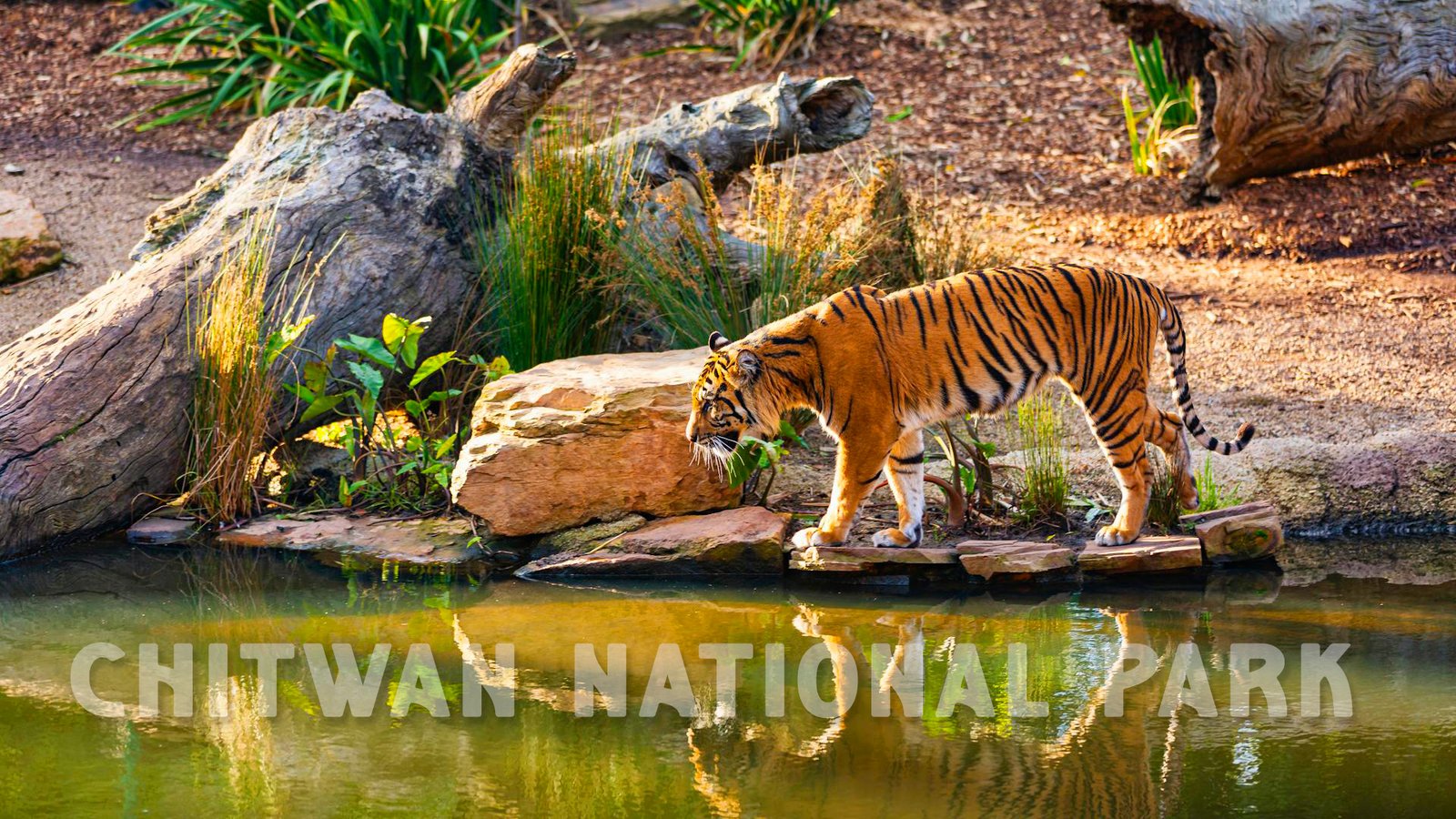
1. Safari in Chitwan National Park
Chitwan National Park is renowned for its rich biodiversity and offers a variety of safari options that allow visitors to explore its stunning landscapes and diverse wildlife. Jeep safaris are a popular way to explore the park, allowing you to cover more ground and access deeper areas of the jungle. This safari typically lasts about 3 to 4 hours and you’ll be accompanied by a knowledgeable guide who will help spot wildlife and share insights about the ecosystem. This option is ideal for families and groups.
2. Experience amazing Jungle Stay
Chitwan National Park offers a range of accommodation options, from budget-friendly lodges to luxurious resorts, all set against the stunning backdrop of lush jungles and wildlife. You can book Private villas with infinity pool, spa services, and gourmet dining options. The resort also offers guided safari tours and nature walks. Whether you’re looking for luxury, comfort, or an eco-friendly experience, you can find the perfect accommodation to enhance your wildlife adventure.
Tips:
Ideal Months: The best time to visit Chitwan for safaris is from October to March when the weather is cooler and wildlife sightings are more frequent.
Respect Nature: Follow park rules and guidelines, maintain a safe distance from wildlife, and avoid making loud noises.
Day 10: Return to Kathmandu
As your adventure comes to an end, returning to Kathmandu from Chitwan National Park is a straightforward journey that allows you to reflect on your experiences in the heart of Nepal’s natural beauty. The distance from Chitwan National Park (Sauraha) to Kathmandu is approximately 150 kilometers (93 miles). The journey typically takes around 5 to 6 hours by road, depending on traffic and road conditions.
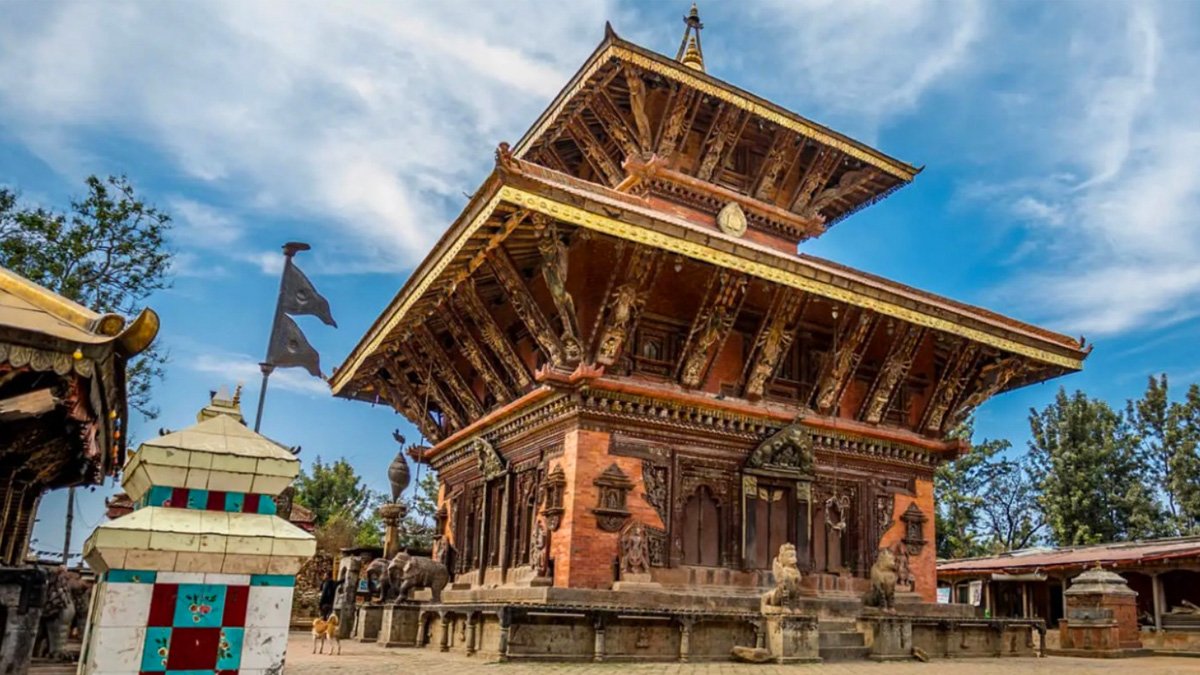
Explore miss out places:
If you have missed visiting any places in Kathmandu in first 3 days, you can visit those places before saying good bye to your most memorable Nepal trip. Enjoy your last day at the bustling capital, and take the time to explore any remaining sights or experiences before you depart!
Fly out of Kathmandu:
As your unforgettable journey through Nepal comes to a close, it’s time to prepare for your departure from Kathmandu. This vibrant capital, steeped in rich culture and history, offers one last chance to soak in the beauty and diversity of the country. Treat yourself to a final meal of authentic Nepali cuisine. Sample local favorites such as momos, dal bhat, or a traditional Newari feast to savor the flavors of Nepal before you leave.
Tips:
Plan Ahead: If you have a late flight, consider booking a hotel that allows you to rest and freshen up before departure.
Last-Minute Purchases: Take advantage of the local markets for last-minute gifts and memories.
Check Your Flight Details: Confirm your flight time and terminal information. Ensure you have your passport, tickets, and any necessary travel documents handy.
Farewell, Nepal!
As you board your flight, take a moment to reflect on the incredible experiences you’ve had—whether trekking in the majestic Himalayas, spotting wildlife in Chitwan, or exploring the rich cultural tapestry of Kathmandu. Each moment, from the serene landscapes to the warm hospitality of the Nepali people, has contributed to a journey that will remain etched in your memory. As the plane takes off, bid farewell to the breathtaking mountains, vibrant markets, and welcoming smiles of Nepal. Carry with you the stories, friendships, and experiences that have enriched your life. Until your next adventure, may the spirit of Nepal stay with you, inspiring your travels and adventures to come!

